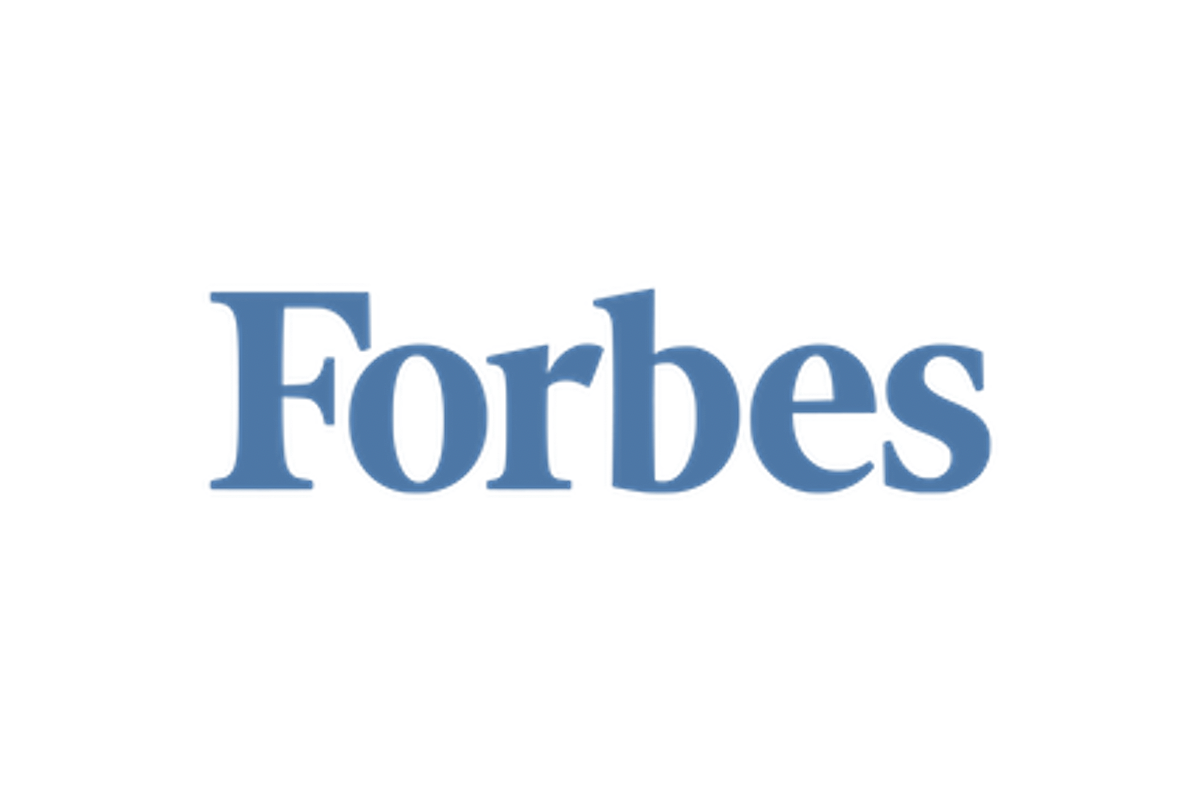It’s probably fair to say that before Covid-19, most Americans knew next to nothing about supply chains. However, with the high-profile series of consumer product shortages created by supply chain fractures — including, at different times, toilet paper, facemasks, beef, gasoline, chicken wings and computer chips — supply chains and their failures emerged for a while as a staple of network news. Over time, as other news events eclipsed the topic, audiences may have been lulled into thinking those supply chain issues they had read about had been resolved.
Some, of course, had indeed been patched over or worked around, at least for the time being. For most, though, the fundamental problem remained: poor visibility by the product’s ultimate producer into exactly what was going on with its supplies and its suppliers. How much material did they really have on hand? How much more could they get? Where is the stuff coming from? Is it sustainable? Are those supplies at risk? What alternative suppliers are available? Particularly in the case of food products, what’s really inside?






